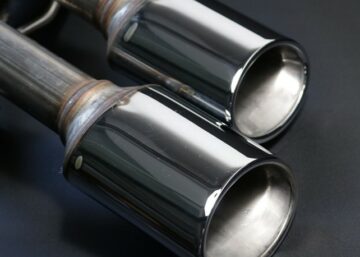While creating product ideas is good, the main work starts from the prototype production phase. A prototype is a design that provides insight into the real-world requirements of the product one wants to create.
A prototype performs different roles, ranging from aesthetic to functionality testing. Here, we discuss the roles of prototyping, tips on building one, and how to move your idea from prototype to production successfully. So, keep reading to get this information.
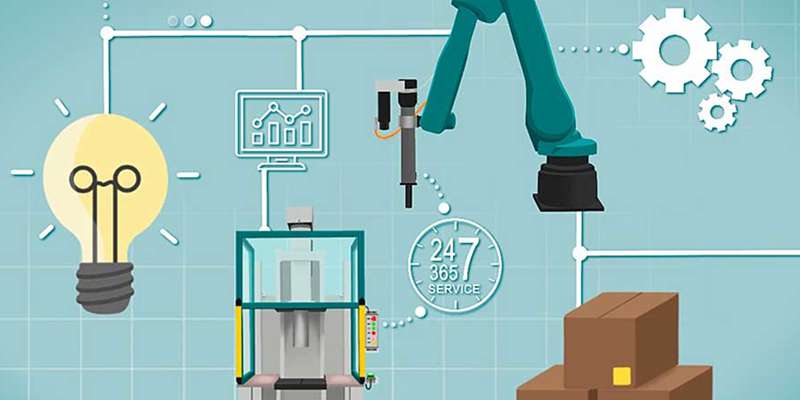 Understanding the Role of Prototyping: A Key Step Before Starting Production
Understanding the Role of Prototyping: A Key Step Before Starting Production
Before the commencement of large-scale production, it is important to produce a design prototype first. Aside from providing visual proof of the design and its functionality, a prototype performs other key roles. These roles include:
Prototype Concept Models
The product design concept is the first step in product development. After conception comes the modeling of the design on a computer using CAD models. Modeling here helps producers explore design options while optimizing production design. Prototyping makes it easier to model and evaluate a product and communicate concepts and ideas to stakeholders inexpensively.
Visual Presentation Prototypes
The second role is the visual presentation of your prototypes. Machined prototypes are usually high quality and appear to match your final product. It demonstrates your final product’s physical properties, including shape, texture, color, and size. This visual presentation helps communicate the aesthetics and appearance of your final product to interested parties. Also, while production is still in this phase, it is easier to make changes to the prototype
Functional Working Prototypes
Another role a prototype plays is that it makes it easier to test the functionality of your design. Prototypes make it easier to test the fit and form of a prototype while proving the design works.
Furthermore, testing a prototype for functionality involves evaluating its design, material, tolerances, assembly, strength, manufacturability, and working mechanisms. It also involves putting the design under extreme working conditions to evaluate its functionality under stress and improve the design if necessary.
Design Engineering Verification
Another role a prototype plays is ensuring design manufacturability. In other words, prototyping allows your design to undergo tests and pass engineering verification. Also, the test evaluates the design’s ease of engineering and manufacturability.
How To Build A Great Prototype for Product Production?
Now that you’ve understood the role of a prototype in production runs, it is time to move on to prototyping. Here are some great tips on how to build a prototype for product production.
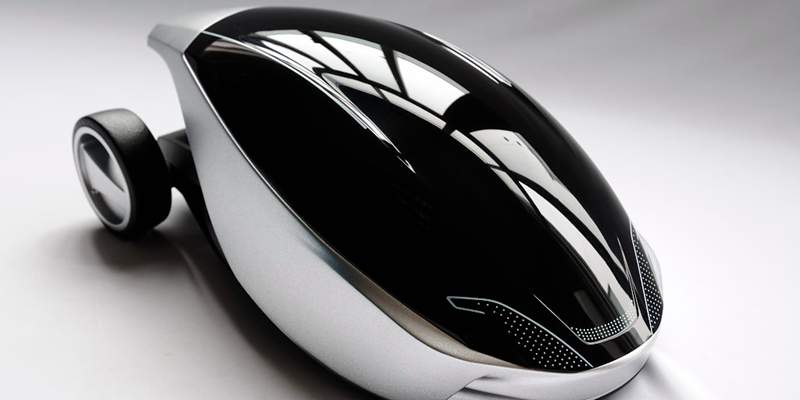 1. Ready for Prototype Design
1. Ready for Prototype Design
It is best to get your design ready before thinking of prototyping. Being ready means the design has gone beyond the modeling phase. It also means the design has undergone optimization and engineering verification for prototyping. You can move on to the next step if your design is certified.
2. Find A Prototyping Expert
Prototyping and manufacturing processes for mass production differ significantly. In other words, a manufacturing expert is not necessarily a prototyping expert. Prototyping requires attention to detail and a high degree of flexibility in workmanship and material, which mass manufacturer does not provide.
Besides, from the prototype to the final product is sometimes a lengthy process, as it might take weeks to design a part correctly. Prototyping experts understand this and are often willing to work closely with their designers to produce the physical part.
Another reason to find a prototyping expert instead of a generic manufacturer is to produce fidelity parts. Fidelity translates to how similar the prototype is to the final product in form, fit, and function. Also, you should note that making parts with high fidelity is time-consuming. But on the bright side, you get a clearer picture of production cost and lead times and better data for product testing.
3. Select the Right Manufacturing Process
After you have found yourself a prototyping expert, the next thing to do is to select the ideal development process for your part.
Prototypes are typically manufactured using CNC machining and 3d printing processes. Prototypes made using these two processes are easy to modify because designers generally do not need to commit to production quantities and use tools.
In addition, CNC machining and 3d printing are suitable for producing parts with good surface finishes and complex geometries. As a result, these prototypes have high fidelity, which makes subsequent mass production easier.
4. Testing and Optimizing Prototypes
Having chosen the right material and manufacturing process, the next step is testing and optimizing the prototype. This phase involves running the prototype through design, aesthetics, and functionality tests.
The aesthetics tests take into consideration the shape, color, texture, and other physical properties of the design. This test deals with design appearance.
The functionality test considers the working mechanism of the prototype. This test aims to ascertain if the prototype works the way it should. After both aesthetic and functionality tests, the prototyping experts need to optimize the design to improve fidelity.
5. Prepare For High Volume Production
Cost is the main deciding factor for high-volume production, as manufacturers aim to reduce cost while maximizing production. However, a product developer must understand the differences between a prototype and a production part.
For prototypes made using CNC machining, there is usually little difference between the prototype and the final product due to the high fidelity of the process. This also translates to the cost of production as well as lead time. In some cases, the manufacturer can reduce lead time by machining multiple parts of a large volume order in a single setup.
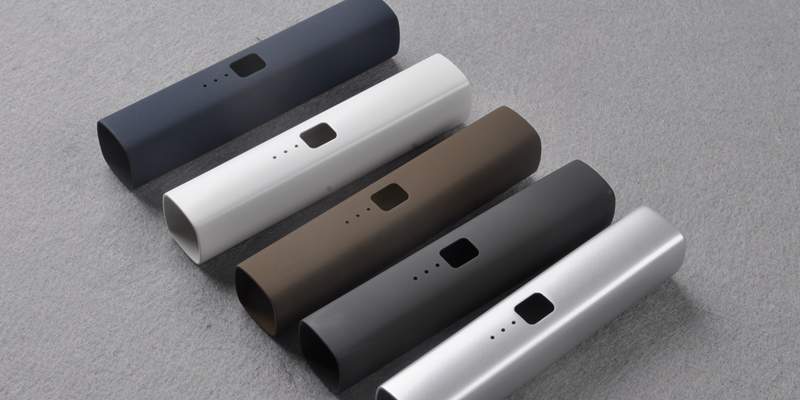 From Prototype to Production: How it Works?
From Prototype to Production: How it Works?
Prototyping is one of the most important production processes before the actual production. Before moving from prototyping to production, here are things to do:
1. Ready the Identified Prototype and Its Digital Version
Before moving to production, the first thing to do is to identify the prototype that matches the design the most. This has to be a design with high fidelity, and it is also important to make the digital version of this design available for onward transmission to manufacturers.
2. Sourcing To Your Manufacturer
The next phase of the prototype to the production process is sourcing the ideal manufacturer for your product. It is important to note that not all manufacturers can deliver on volume orders. Also, not all manufacturers have the tools and machines needed to meet the quality of parts needed. Consequently, making this phase is all the more important.
When sourcing a manufacturer for your prototype, it is best to get a quote and pricing, so as not to go beyond your stipulated prototyping budget. Also, the prototype quantity you want to manufacture and the manufacturing process you choose play a major role in the type of manufacturer you outsource your project.
3. Tooling, Sampling, and Non-Production Release
Tooling involves getting intimated on the manufacturing processes required for producing your part. On the other hand, sampling is similar to prototyping production but carried out by manufacturing experts instead. The aim is to assess the product and make necessary changes before mass production. Tooling and sampling are components of the non-production release phase after which documentation occurs.
4. Prepare the Required Documents
Before mass production or product launching, there are documents you need to make available. These documents include the following.
- Product requirements document (PRD): This is a document that defines the value as well as the purpose of your product. It also defines product features.
- Color, Material, Finish: Also known as CMF, this document defines the color, material, and finish of every mechanical part present in your product.
- 3D Files: This is a fully detailed document containing 3D files for the entire system, not just surface files.
- Costed Bill of Materials (CBOM): This document shows a line-by-line costed bill of materials for every product component.
- Schematics: This document shows fully detailed electronic schematics of the design.
- Gerber Files: Contains a detailed, clean design file following best design practices.
- FW Source Code: Also known as Firmware source code, it is a file containing codes used for updating the firmware of your design.
- Final Prototype Review: This document alerts the manufacturer to known prototype issues and key challenges experienced by the prototyping expert.
- Non Disclosure Agreement (NDA): You must never share your design file with any manufacturer that has not signed this agreement. Signing NDA in advance is mandatory.
4. Launch Product
After getting all your documents ready and signed, the last phase in the prototype to the production process is launching your product. This phase involves introducing your product to your target market.
 Create a Successful Strategy for Your Prototype for Production
Create a Successful Strategy for Your Prototype for Production
With a successful strategy, you’ve done half of the work necessary to push your design from the prototype to mass production. When creating a successful strategy, here are things to keep in mind;
Link Product with Needs
Your product has to focus on the needs of customers and clients. In other words, it has to be benefit inclined to sell.
Creating a Bill of Materials
This bill lists all the costs associated with producing a single unit of product. Creating a bill of materials helps enforce financial discipline.
Manufacturing Setup Costs
This involves making inquiries about the cost of setting up the manufacturing process for your product. Inquiries include knowing the cost of molds and assembly fixtures. This information will help determine if you are financially buoyant enough to undertake mass production.
Planning for Bad Situation
While praying for the best is good, it is often better to plan for the worst. In other words, it is best to always plan for the worst-case scenario when planning for production, regulations, and shipping.
Continuously Improve
This is one way to ensure you always offer your customers the highest quality products. Areas of improvement include order fulfillment, demand forecasting, inventory levels, production flow, etc.
Time Considerations
For a realistic market date, it is important to take into consideration the time it would take from prototyping to production.
Plan for Certifications
Certifications help improve your brand’s credibility. It can also give you a competitive advantage over brands in the same sector. So, it is important to plan for them while developing your strategy.
 What to Avoid from Prototyping to Mass Production?
What to Avoid from Prototyping to Mass Production?
There are several mistakes product owners make during the prototyping to the mass production phase. While some of these mistakes are excusable, others greatly increase production costs. Here are mistakes to avoid before mass production.
Confirming an Untested Product For Manufacturing
Before confirming your design for manufacturing, it is important to pass it up for review by somebody more familiar with the manufacturing process ideal for that design. It is often best to send your design to your chosen suppliers and have them produce a ‘proof of concept’ to substantiate their claim of design feasibility.
Tooling before Design Process is Complete
Tooling before completing the design is usually a costly mistake, as any tweak in the design would affect the tooling made. Sometimes the design change is so drastic that discarding the tooling made becomes inevitable, which translates to making a new tooling. Besides, this will surely increase the cost of production considerably.
Running a Fund Raising Campaign Without Getting All the Facts
Most people do not properly analyze the cost they will likely incur to manufacture and transport their products. Without proper analysis, they run a funding campaign too early, sell their products for less than an ideal price and gain less money than needed for production.
Failure to Prepare a Reliability and Performance Test Plan
How would you know if your product is reliable without building or preparing a testing plan for performance and reliability? If you push your product into the market and it performs sub-optimally, you’d have to fight against competitors and bad reviews.
This is why it is important to slow down and document what your product does and how users would interact with it. Then plan a reliability and performance test for the product and see how well it performs before pushing it into the market.
Have The Manufacturer Sign the Manufacturing and Development Agreement
With these agreements, you have visibility over sources of key components while making the manufacturer accountable for quality issues. It is always important to craft a good contract that makes clear expectations on both sides.
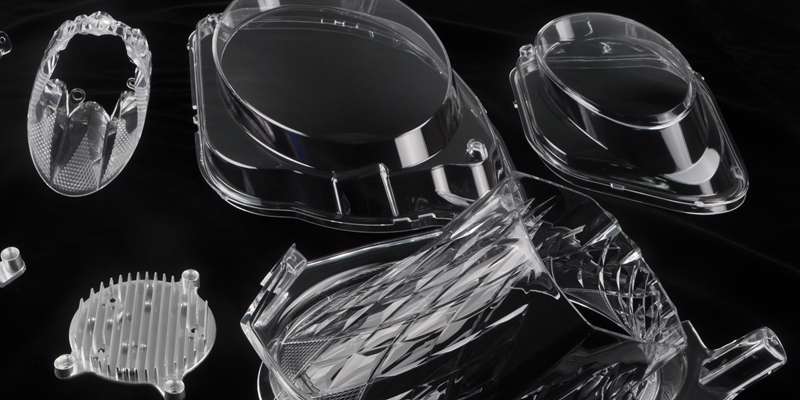 Choose Wayken For Your Prototype Production Needs
Choose Wayken For Your Prototype Production Needs
As stated earlier, producing prototypes requires the services of experts in the field. WayKen is a prototyping expert with vast experience in metal and plastic prototyping. We have a team of professionals to take your design from its concept phase to production in short order.
Besides, WayKen specializes in automotive prototyping and automotive parts manufacturing. With our machine shop for custom manufacturing, we take care of all your manufacturing and machining needs. What’s more, we also provide you with a complete car prototyping guide to ensure a successful production.
So, what are you waiting for? Contact us today for your prototype to production needs.
Conclusion
Prototypes are important as they offer a visual representation of the final product as well as its functionalities. Bypassing the prototype stage during production could result in product failure, as you have no idea if your design works or not. With the above information, you can successfully move your product idea from prototype to production.
FAQs
How much does prototyping cost?
The cost of prototyping depends on several factors, including volume or size, surface finish, material, and post-processing.
What are the different types of prototyping?
The main types of prototyping are high-fidelity user prototypes, low-fidelity user prototypes, live-data prototypes, and feasibility prototypes.
What type of material is ideal for use in making prototypes?
The two main materials are metal and plastic. The material chosen depends on the final product one aims to produce.
